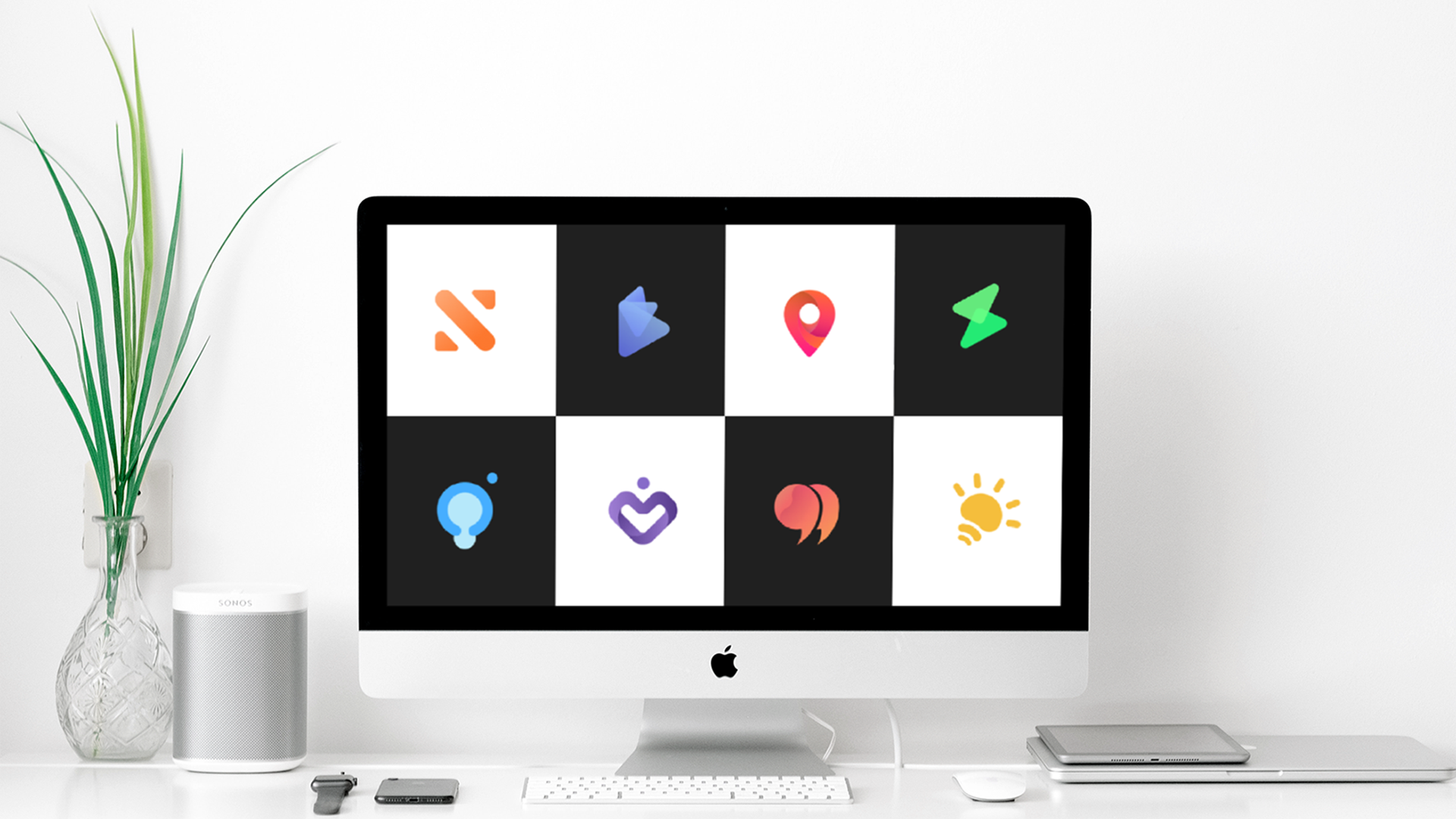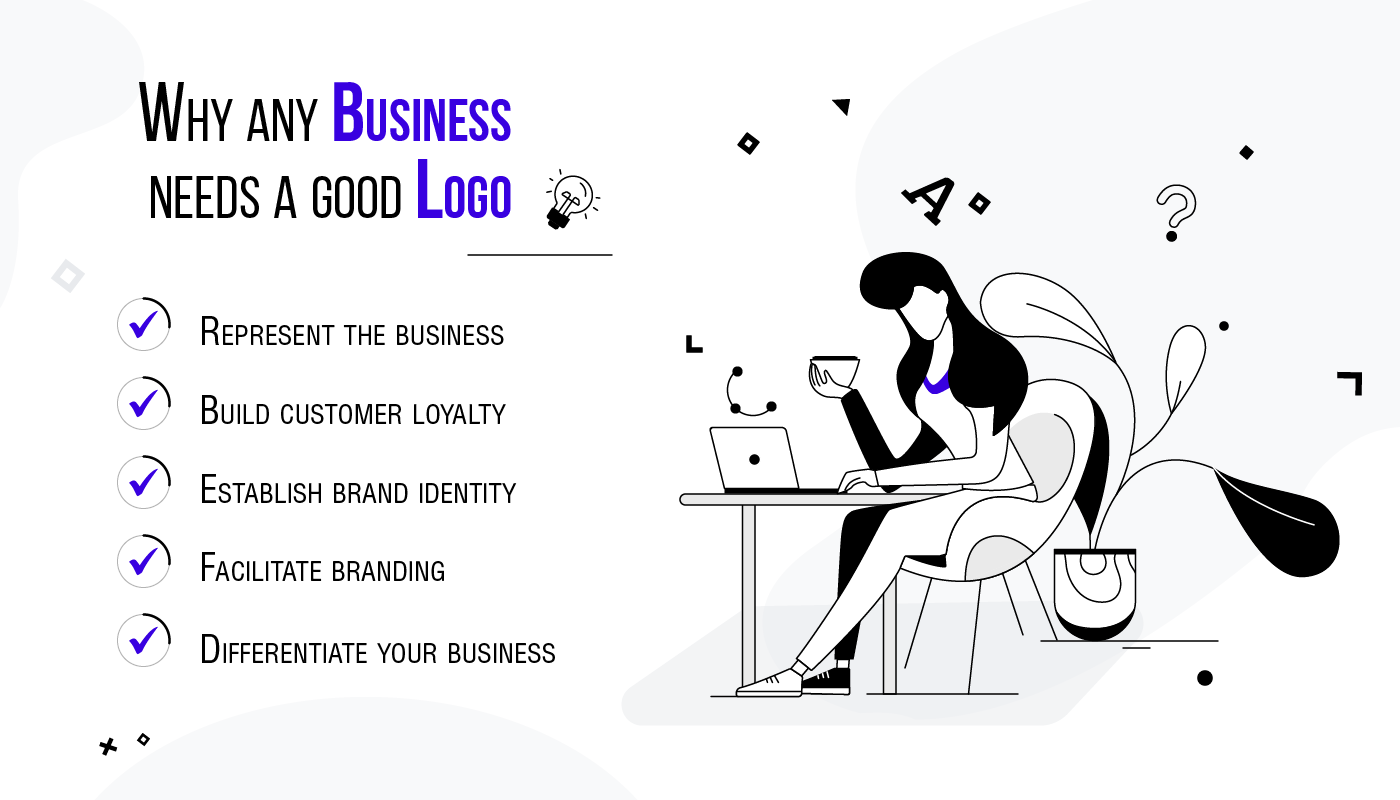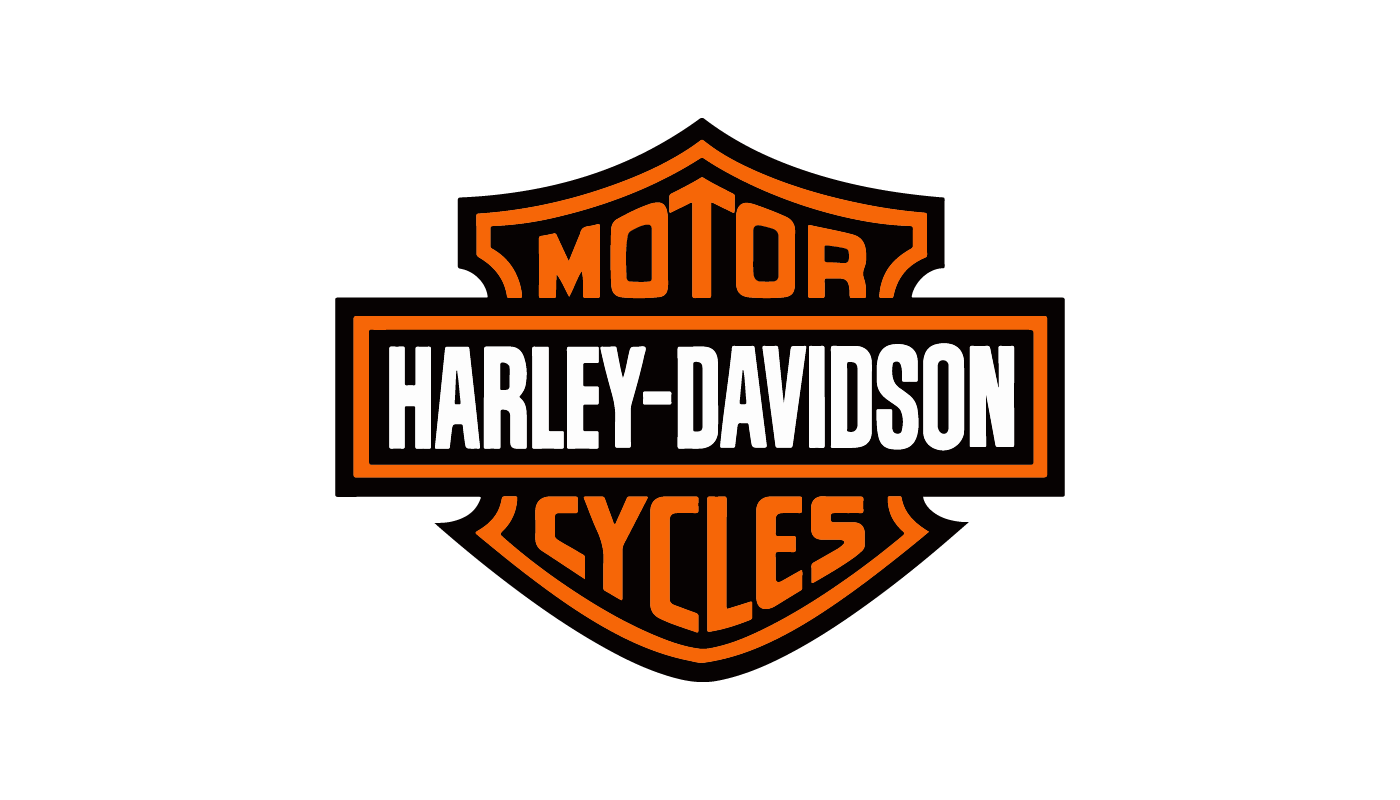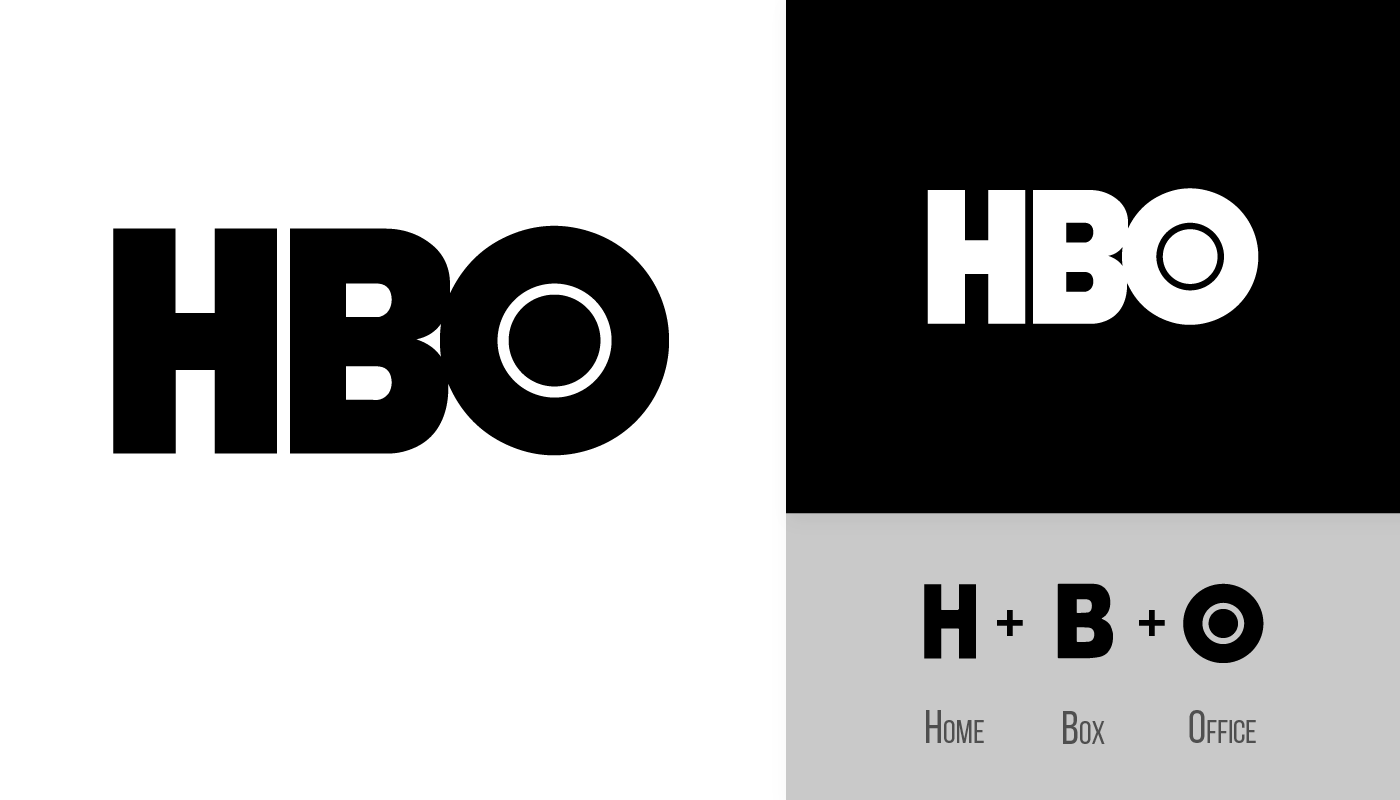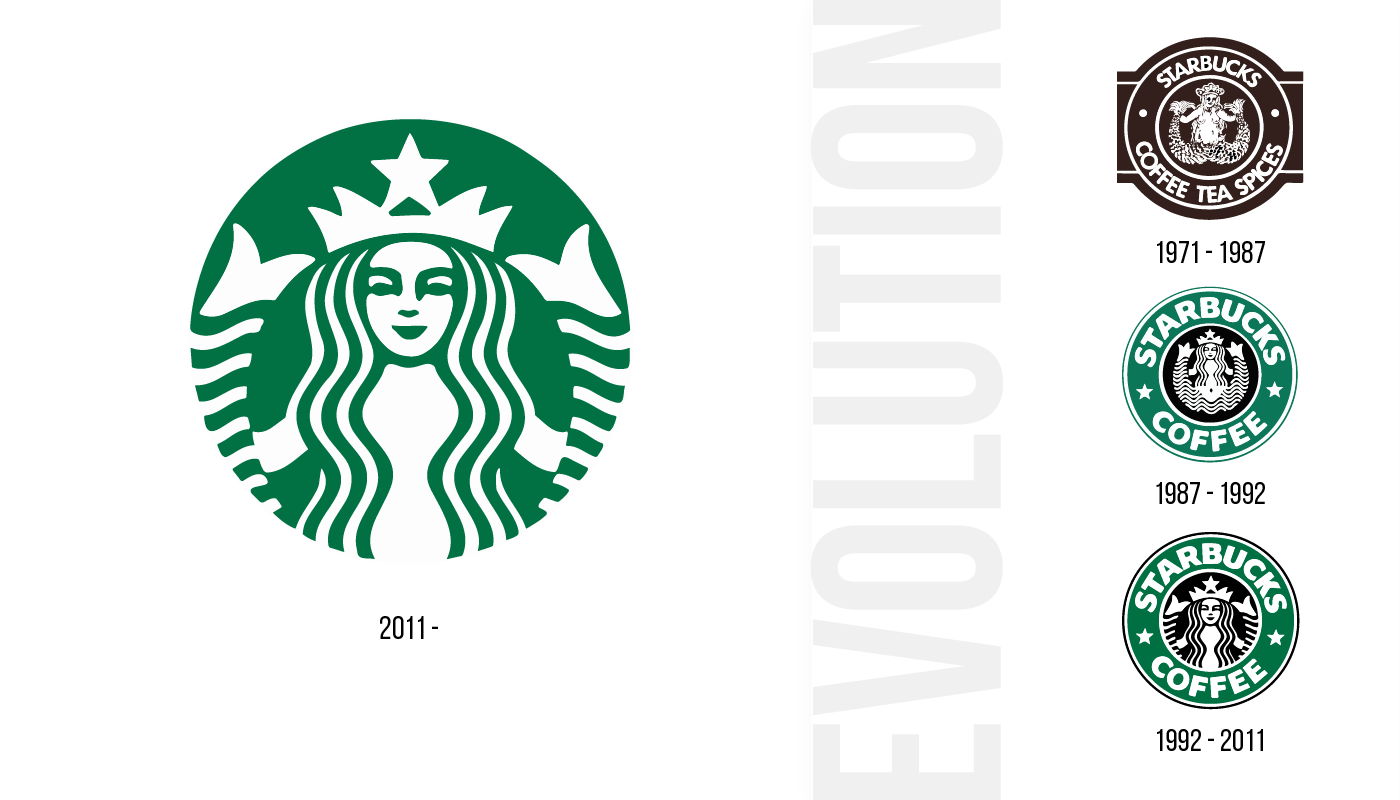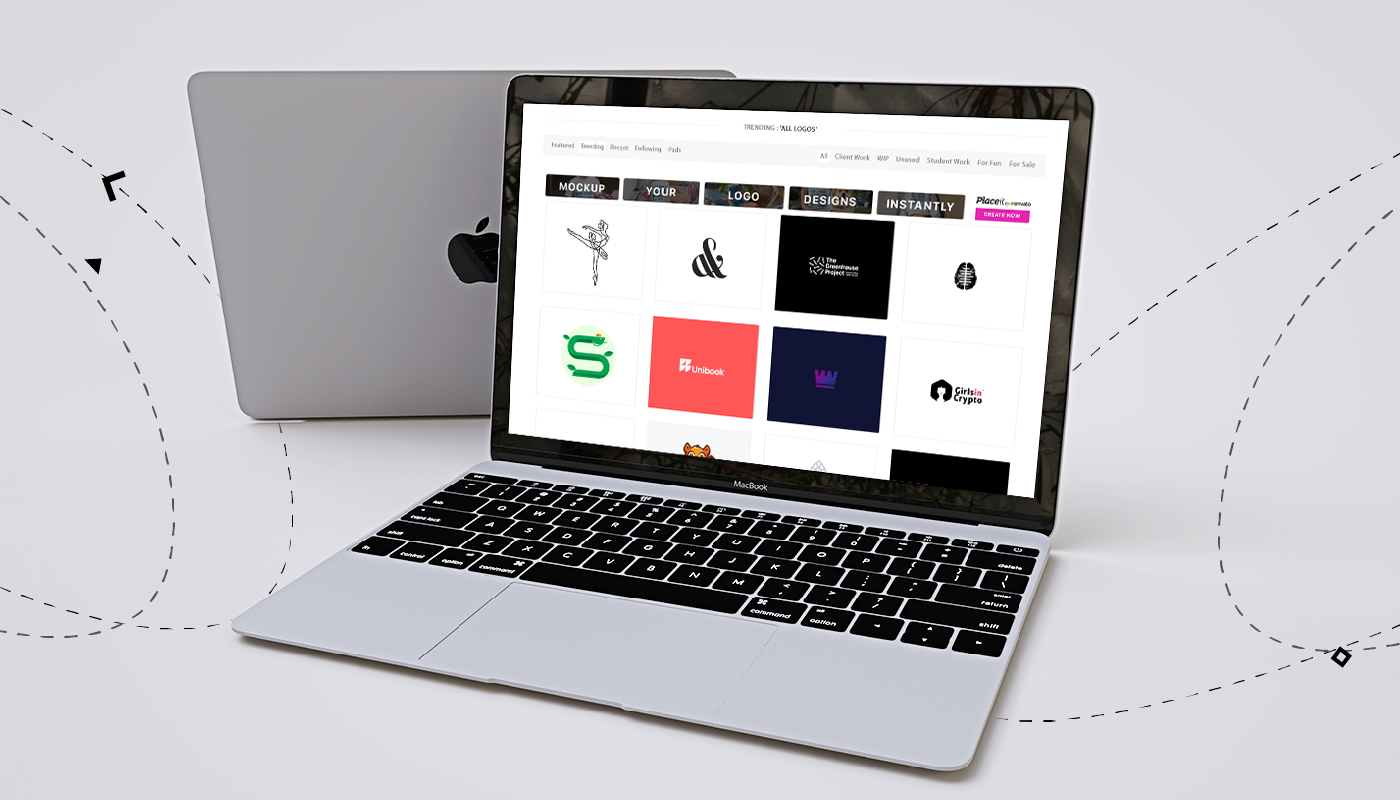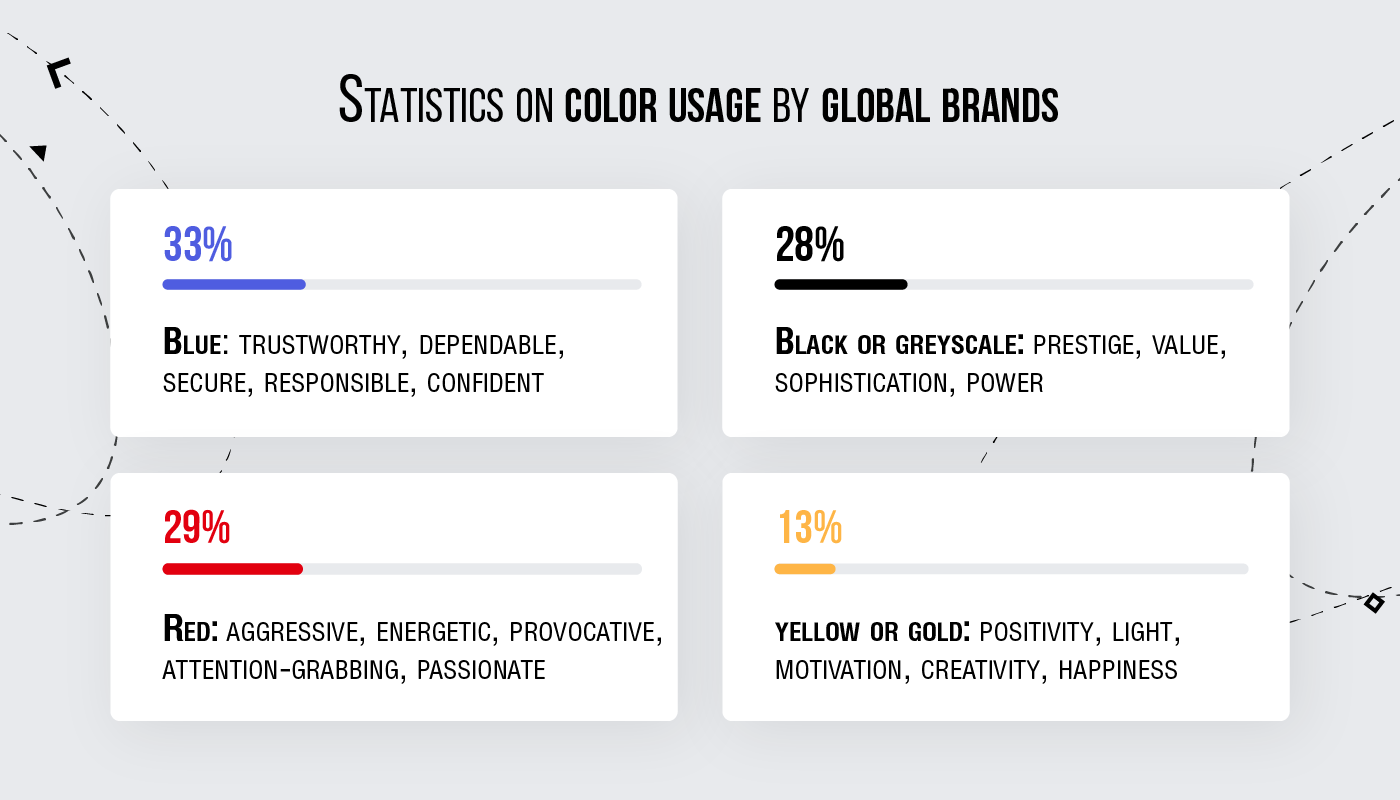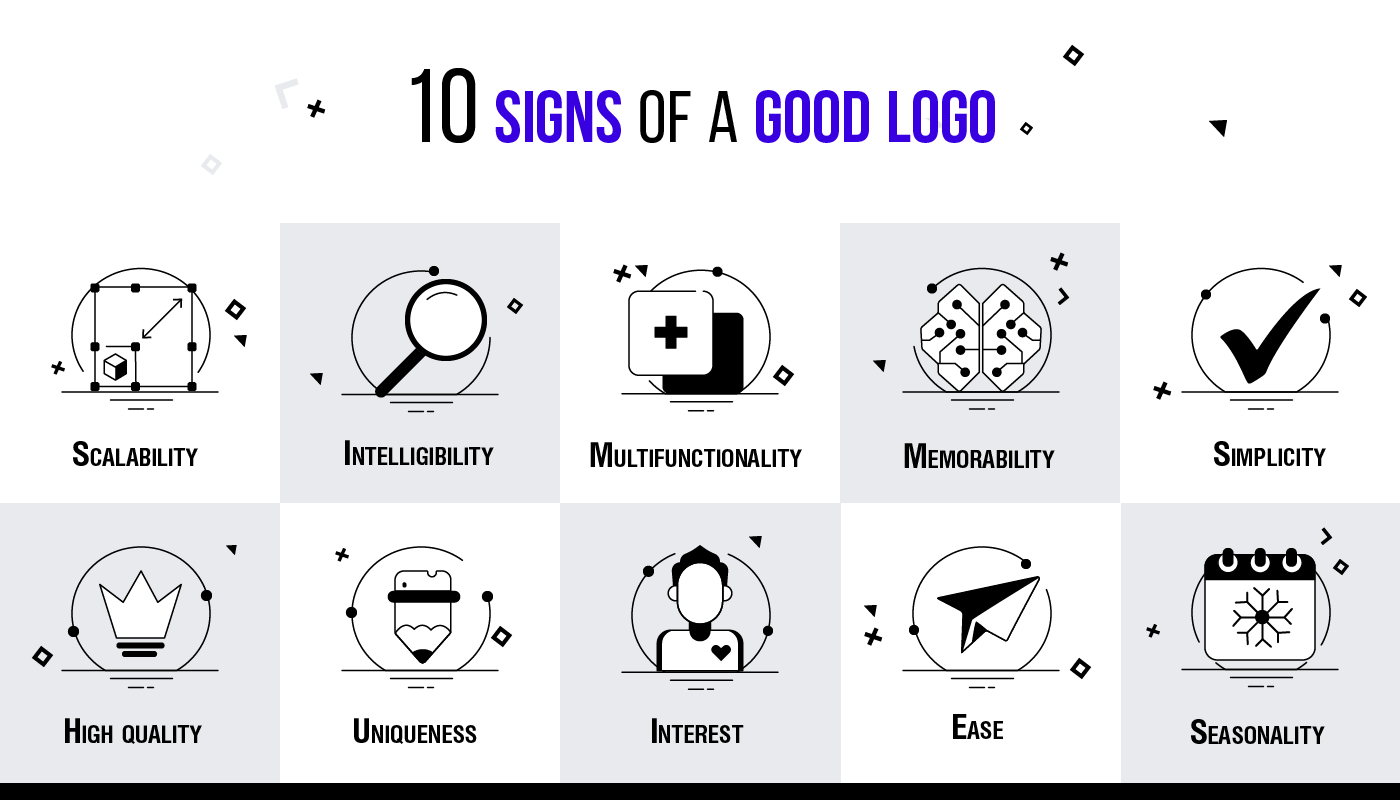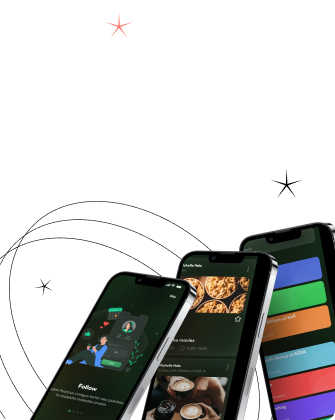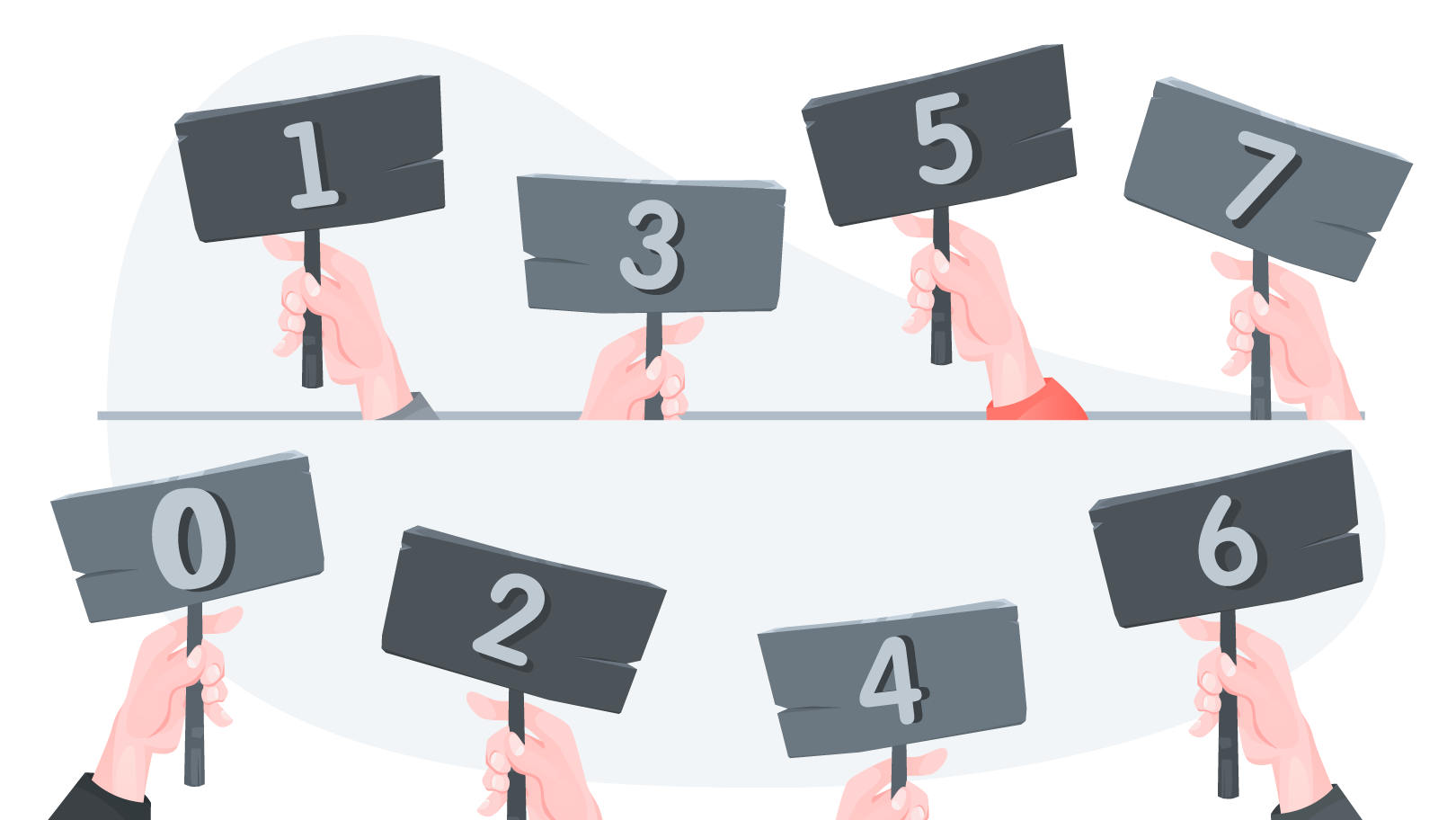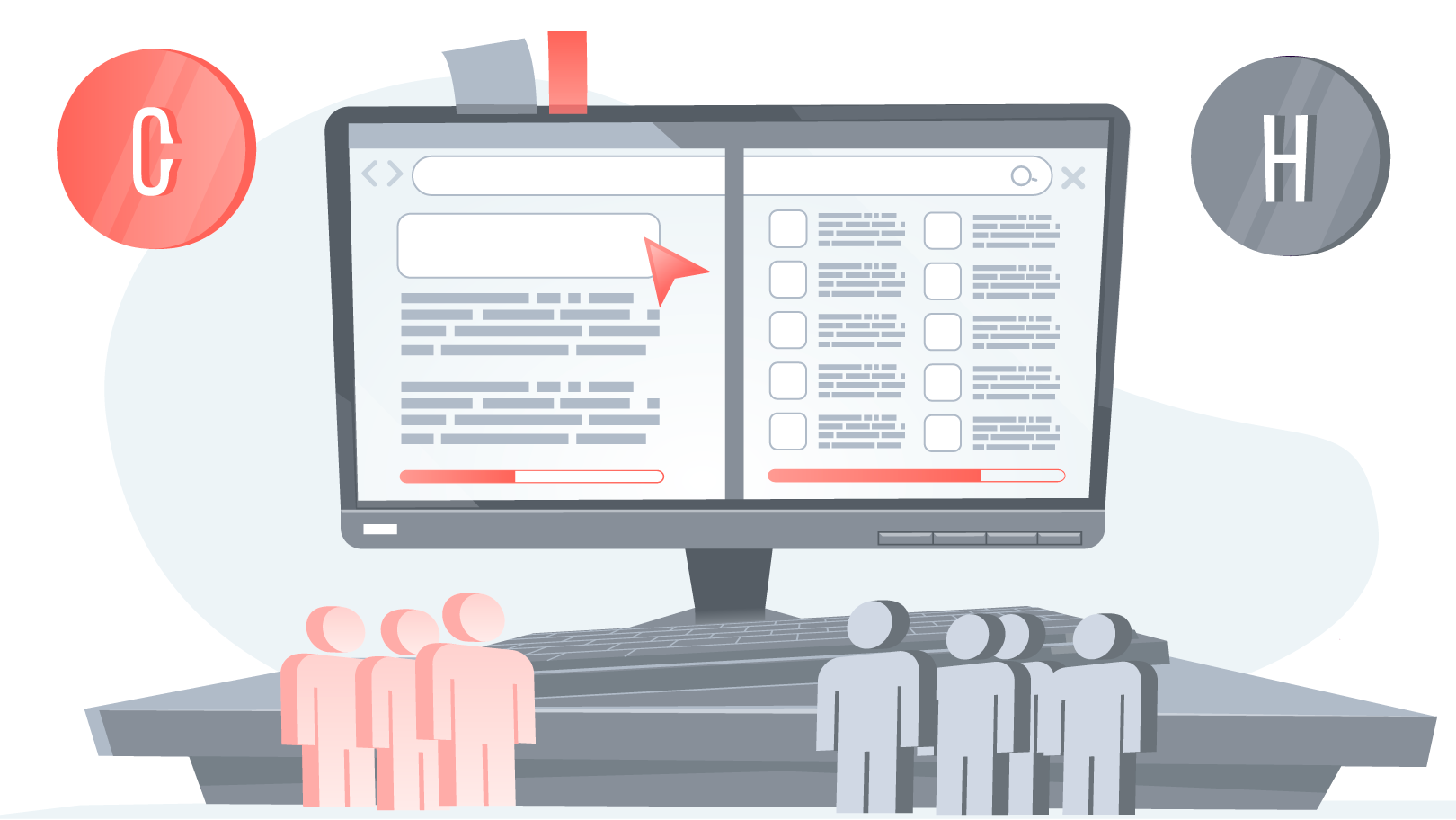A logo is much more than just words, icons, or colors. A good logo tells your company’s story – who you are, what you do, and what your mission is. The logo has a significant impact on how your audience perceives your brand. It’s difficult to imagine a modern company without a logo; this symbol is the most important way of identifying any business.
Creating a logo isn’t an easy task: there are many nuances to consider when designing it. With this step-by-step guide on designing a business logo, we’ll try to tell you a little more about your brand identity, how to choose the right design, and how to navigate the logo design process.
So let’s get started!
